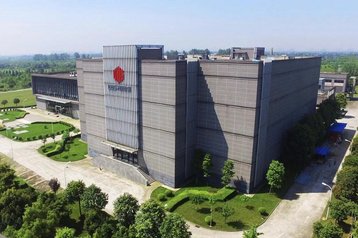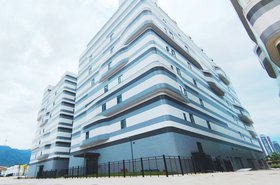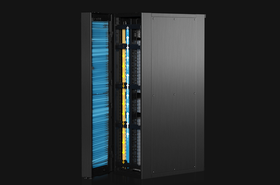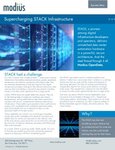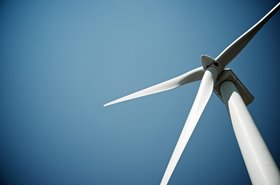Chinese data center provider GDS has promised to achieve net-zero carbon emissions by 2030.
The company has data centers across South East Asia as well as China, and has switched 30 of its sites to renewable energy, according to a recently-published ESG report dealing with the year 2022.
“Environmental, Social, and Governance (ESG) initiatives are a priority to us as well as for our customers,” said William Huang, chairman and CEO. “These positive changes are the fruits of the execution of a comprehensive strategy designed to tackle the challenges and seize the opportunities in GDS’s data center operations.”
As a public company in Hong Kong, GDS will be required to reveal climate-related information in ESG reports, in line with the Task Force on Climate-Related Financial Disclosure (TCFD) framework.
Last month, the company released its ESG Report for 2022, revealing that it consumed 1,811 GWh of green energy, in the period up to December 2022. This is a massive growth from only 359GWh in 2021, with 18 more data centers switching to renewable power that year. GDS uses a total of more than 5,000 GWh, so this represents 35.9 percent of its total energy.
Environmental group Greenpeace ranked GDS top among 24 companies surveyed in its Clean Cloud 2022 report, as the only major Chinese tech company that reported a renewable energy use ratio above 30 percent in 2021.
This is a turnaround, as in Greenpeace's 2021 report, GDS was criticized for a lack of transparency.
The company says its facilities have a carbon emission intensity of 5.4 tons of carbon dioxide equivalent per square meter (tCO2 e/m2) in 2022, down four percent on 2021.
The ESG report also says it has an average power usage effectiveness (PUE) of 1.29, and intends to hit 1.2 by 2030.
During 2022, the company got nine LEED Gold Awards from the Green Building Certification Institute, and says that 77 percent of the data centers it had on its books as of 2020 have obtained or are seeking green building certification. In that year, it had 103 data centers, of which 17 were under construction.
GDS is shifting "gradually" to using hydrotreated vegetable oil (HVO) or hydrogen fuel cells instead of diesel generator backup. By 2030, it says all its facilities will use only green power, and all its self-developed facilities will be LEED certified.
The company's total emissions from the year appear to be around 2.62 million tons of CO2 equivalent (tCO2e) including 776,000 tons of Scope 3 emissions, up from a total of around 2.4 million tCo2e in 2021.
The main component is the Scope 2 emissions from energy used in the data centers, which went up, owing to the increasing number of data centers. Scope 3 emissions went down from 853,000 tC02e to 776,000 tCO2e. GDS says its Scope 3 accounting includes construction and embedded carbon in capital goods, but omits minor items such as employee travel, "which still complies with the ISO 14064 standard."
During 2023, the company announced plans to trial fuel cells in Singapore, with SK ecoplant.
The company's Pujiang campus in Shanghai, announced in 2020, generates around 220kW of solar power which is enough to run the company's office space and lighting there.

